How to Stop Water Hammer in a Sprinkler System (11 Steps)
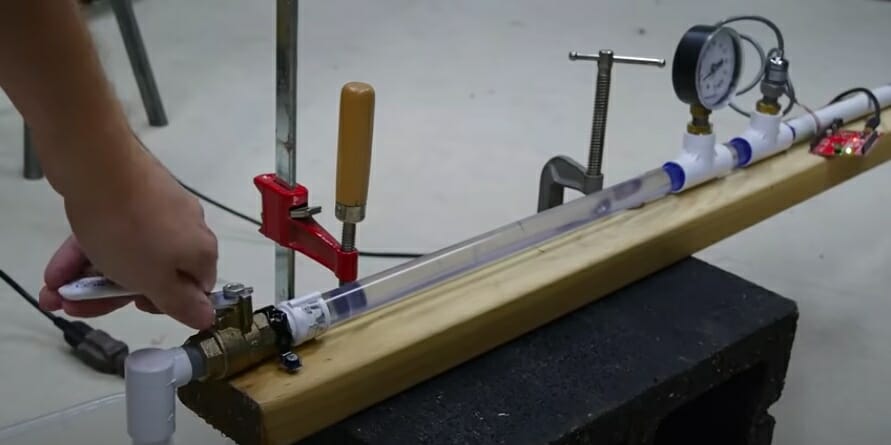
Following this guide can stop the annoying water hammer in your plumbing system quickly and efficiently.
Working as a handyman, I have fixed this issue countless times. A water hammer is an annoying problem that can cause major issues if left unattended. One of the major causes of water hammers is air infiltration into the pipes and hoses. Hence the problem can be fixed or alleviated by tracking and covering the holes.
This is how you can stop a water hammer in a sprinkler:
- Turn off all appliances that use water
- Place a towel or a clean rag under the water valve
- Turn the water valve on and attach a pressure gauge to monitor the pressure, which should not exceed 60 psi
- Reconnect the sprinkler and let the water flow for sometime
- Check for leaks and loose connections along the pipes and hoses
- Tighten loose connections with a wrench and cover the leaks with plumber’s tape
- Detach the sprinkler and connect the water hammer arrestor at the supply valve
What You Need
- Plumber’s tape
- Water hammer arrestor
- Water pressure gauge
- A clean towel or rag
- Adjustable wrench
- Pipe cutter
Getting Started
Luckily, a water hammer is a tenable situation though unpredictable. It can happen after installing new plumbing equipment like water valves and pipes.
The steps in the following section will help you diagnose and fix water hammer problems. However, consult a specialist if you’re not experienced enough with basic plumbing, or you may worsen the problem.
Step 1: Turn Off Appliances that Use Water
Turn off faucets, water filters, dishwashers, and other things that connect to the water or piping system before you begin the repair.
Do not flush the toilet until you are finished working on the sprinkler system.
Step 2: Place a Towel on The Valve of The Sprinkler
Fetch a clean towel and place it under the valve of the water supply. Go ahead and disconnect the sprinkler from the valve and adjust the towel to gather water that flows from the valve.
Step 3: Turn the Valve Back On
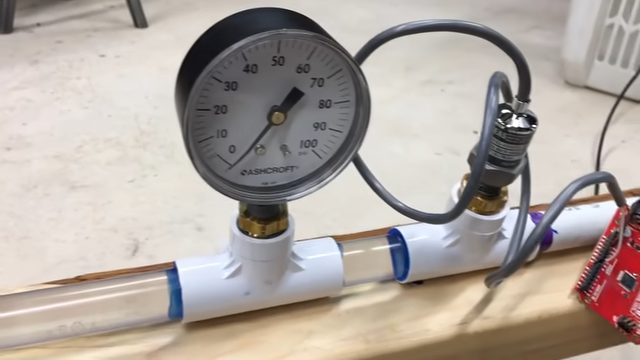
Before you turn the valve back on, connect the water pressure gauge to the valve. Then turn it on.
Observe the pressure gauge readings. If the value exceeds 60 psi, seek the assistance of a plumber who specializes in pressure issues.
Do not attempt to manipulate the system if you do not have enough expertise, you may cause more harm than good. And you may end up spending a lot of money to fix the entire system.
You can now turn the valve on after noting the pressure readings. Then, disconnect the pressure gauge.
Step 4: Reconnect the Sprinkler
At this juncture, connect the sprinkler to the water supply and turn all valves on.
Step 6: Run the Water for a Few Minutes
To remove all the air that causes the hammering problem, allow the water to run through all the valves to eliminate any air trapped in the system.
Check if the issue is corrected. If the problem persists, try another fix. Turn all faucets in the house off.
Step 7: Check for Leaks in The Hoses and Pipes
Inspect all the pipes and hoses from the sprinkler to the water supply unit. See if there are any leaks o loose connections on the pipes.
To simplify the process, use a rag to rub off all water droplets on the exterior of the pipes and hoses to avoid confusion while verifying leaks and loose connections.
Step 8: Use an Adjustable Wrench to Tighten Loose Points Along the Pipe or Hose
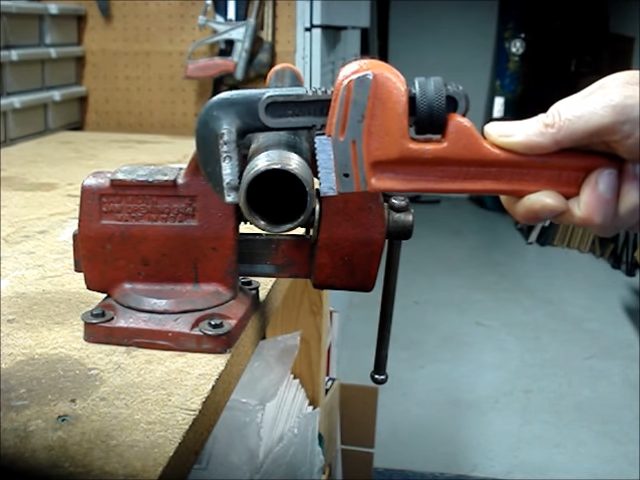
Double-check the connections before proceeding to the next step. Just to make sure everything thing is tightly connected.
Step 9: Block Leaks with Plumber’s Tape
Turn off the water valves before repairing. Leaks and loose connections are popular causes of water hammers. So, fix the leaks with the plumber’s tape as follows.
However, you may be required to replace the affected areas on the pipe. Follow this:
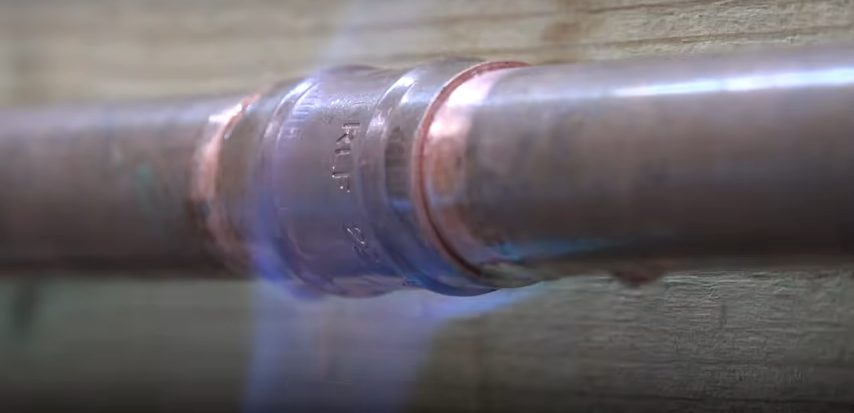
- Turn off the tap or water flow and locate sections equipped with valves.
- Slice off the damaged section of the pipe with a pipe cutter.
- Obtain or cut a section of a copper pipe with the same diameter as the damaged pipe. Cut enough length for proper fitting.
- Clean the pipe with steel wool and spread the soldering flux on the pipe’s exterior.
- Insert the valve fitting into the pipe. Heat the fitting and the pipe at the connection point.
Step 10: Again, Detach the Sprinkler from The Water Supply
After disconnecting the sprinkler from the water supply valve, get your towel and hold off excess water.
Step 11: Connect the Water Hammer Arrestor to The Water Supply Valve
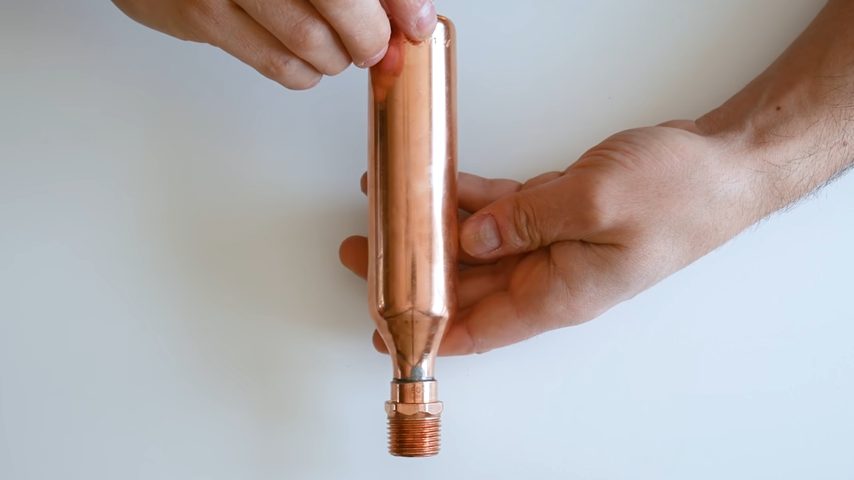
Get a water hammer arrestor and affix it to the water supply valve. Then, reconnect the sprinkler and restore water flow in the system.
Look for any indications of a water hammer. If the problem persists, your entire system could have a major fault. Seek professional help.
Frequently Asked Questions
What is the Primary Cause of Water Hammers?
A water hammer is usually triggered by high or main pressure water systems. The action happens when the tap is closed abruptly or by a fast solenoid valve that suddenly prevents water flow of the pipes. The event is usually accompanied by shock waves that send vibrations through the pipes, fittings, and valves. (1, 2)
What Stops the Water Hammer?
Several tools can help you curb a water hammer. You can install a mechanical device or a shock absorber to control the water hammer. It is technically known as a water hammer arrestor. Alternatively, you can reduce the length of your pipes span by introducing elbows and/or expansion loops. Elbows attenuate or lower the influence of the pressure valves. You can hire a professional to do the service or check out some DIY articles for elaborate procedures and guidelines.
Take a look at some of our related articles below.
References
(1) water flow – https://archive.epa.gov/water/test/web/html/flow.html
(2) shock waves – https://www.britannica.com/science/shock-wave
Video References
Practical Engineering
Know How Now
Got2Learn
